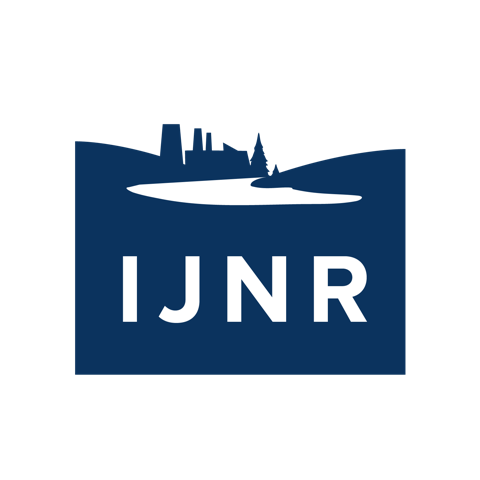Sunnyside, one of the oldest Black communities in Houston, is a neighborhood with a strong social fabric and pride in its history. But, thanks to the systemic racism that has shaped U.S. cities nationwide, Sunnyside has also lived the American experience of so many marginalized Black and Brown communities – high crime, extreme poverty and crowded with infrastructure like salvage yards, a garbage incinerator and a gigantic city landfill.
But a new story is developing in Sunnyside, one full of enterprising community members pushing for a more prosperous and equitable future. At the heart of these efforts lies that gigantic landfill – which is slated to become the largest urban solar farm in America.
In the middle of the oil and gas capital of the world, can a renewable energy development provide a path to a more equitable future?
And what about other public health disparities in Houston? Sitting 50 miles from the Gulf of Mexico, the fourth-largest city in the U.S. has no zoning laws, lax enforcement of environmental regulations and is subject to hurricanes and floods that imperil both extensive petrochemical infrastructure and residents in fenceline communities.
Through a two-day online workshop, the Institute for Journalism & Natural Resources looked to Houston as a case study for other American cities as we explored questions of environmental racism, social equity and the problematic lenses through which these stories get told.






